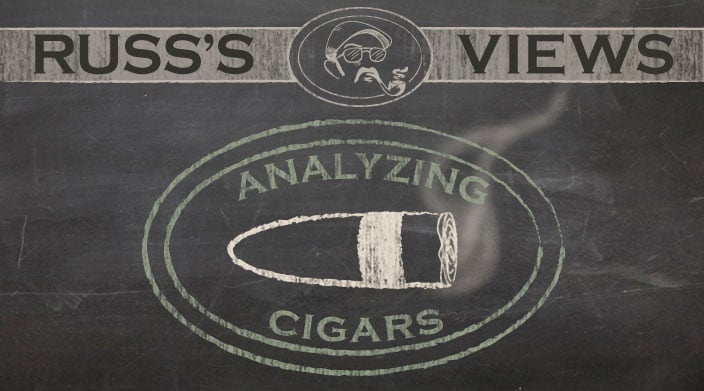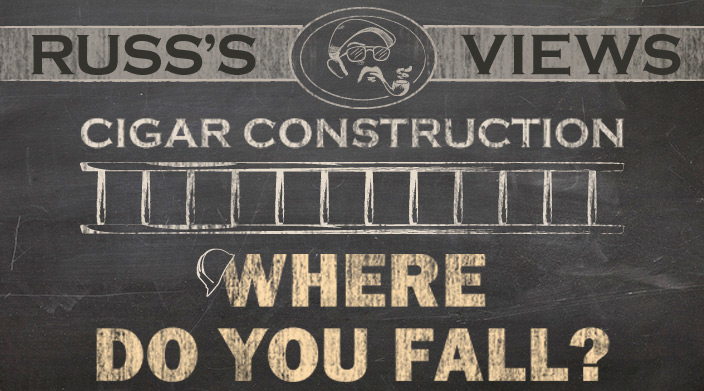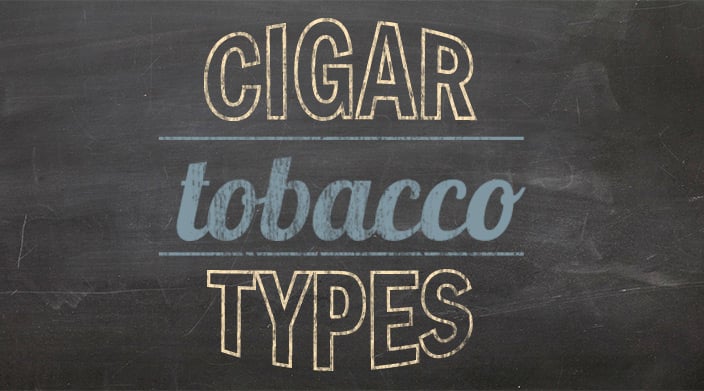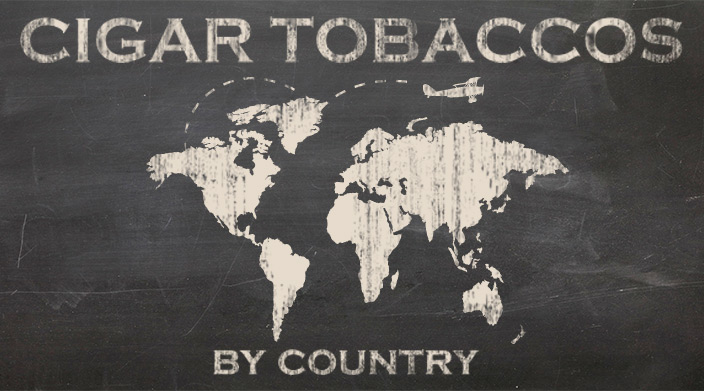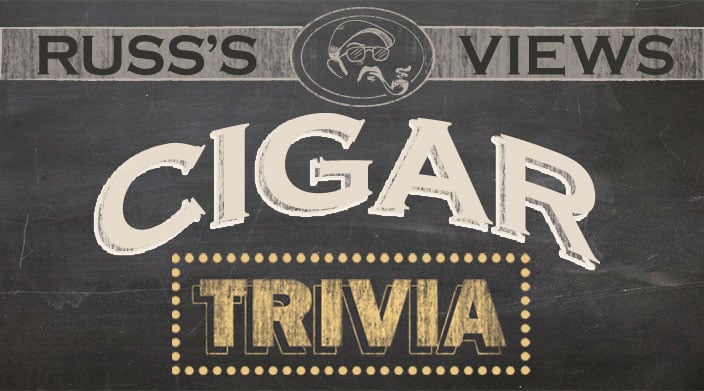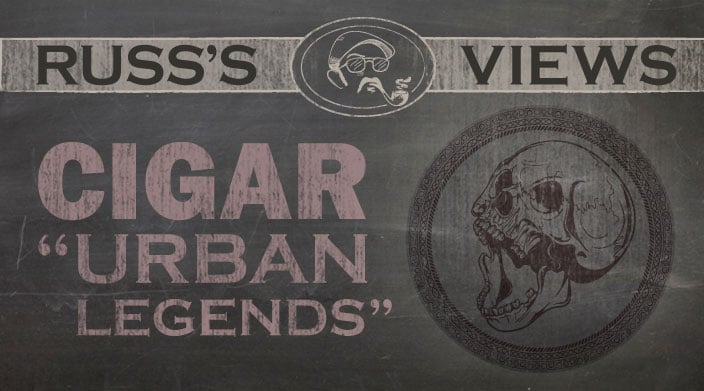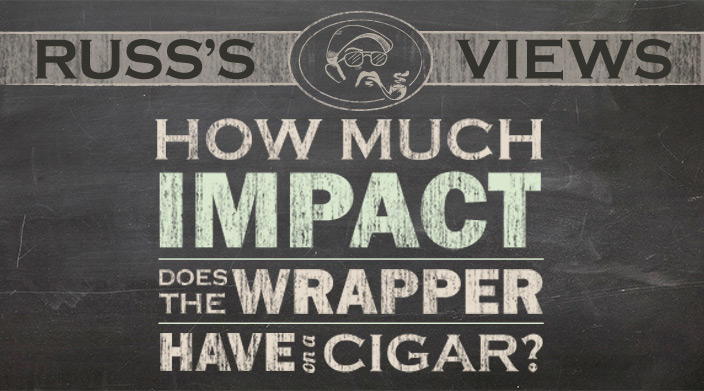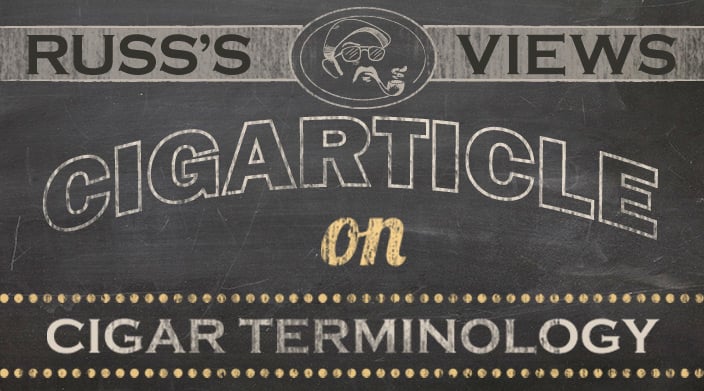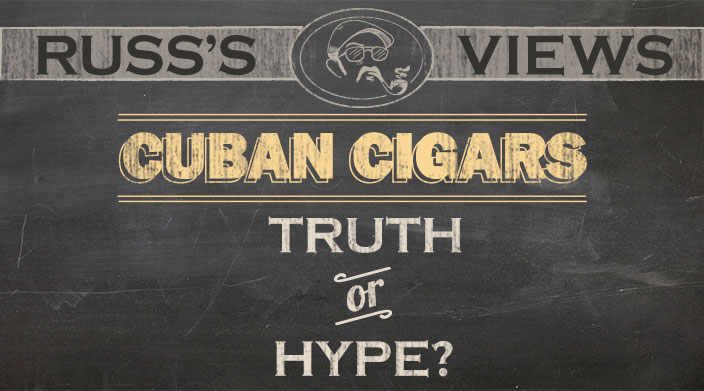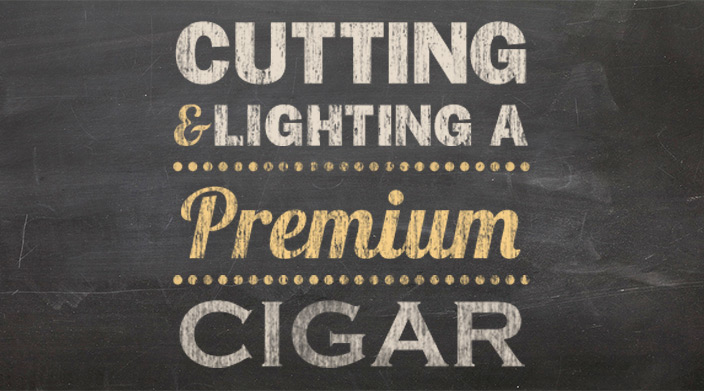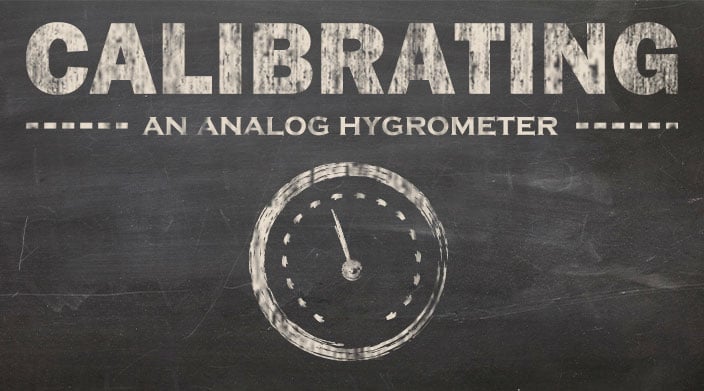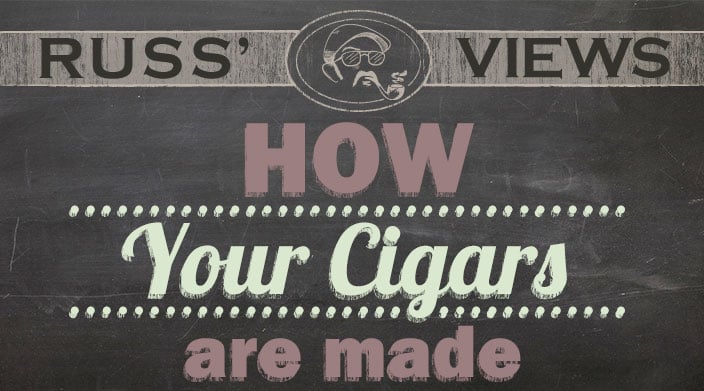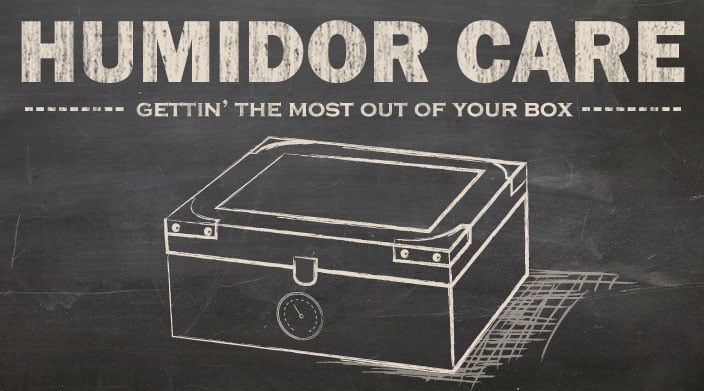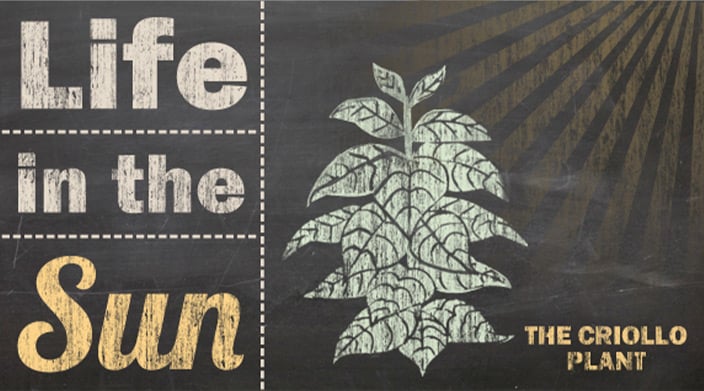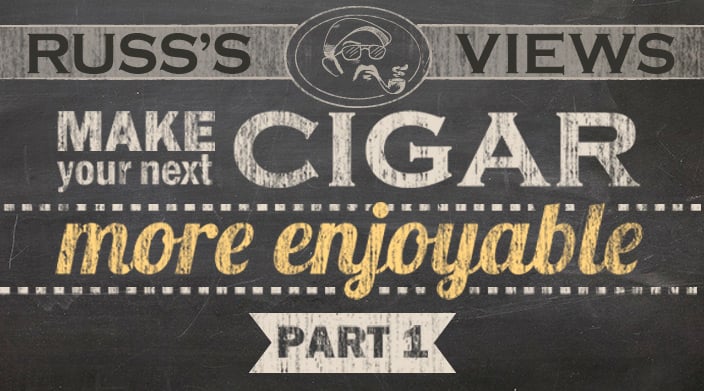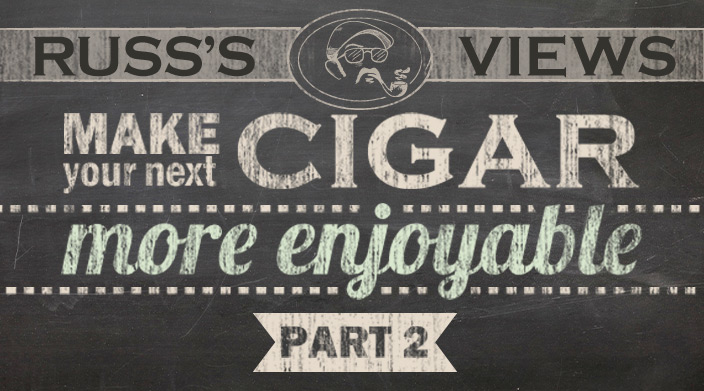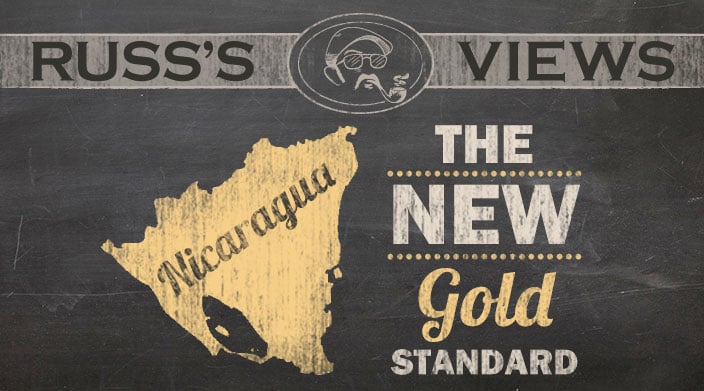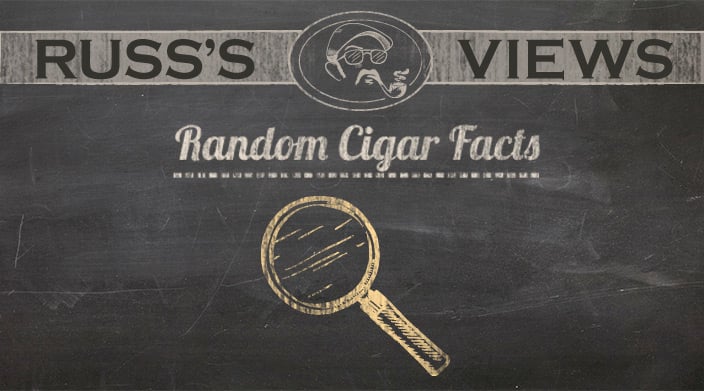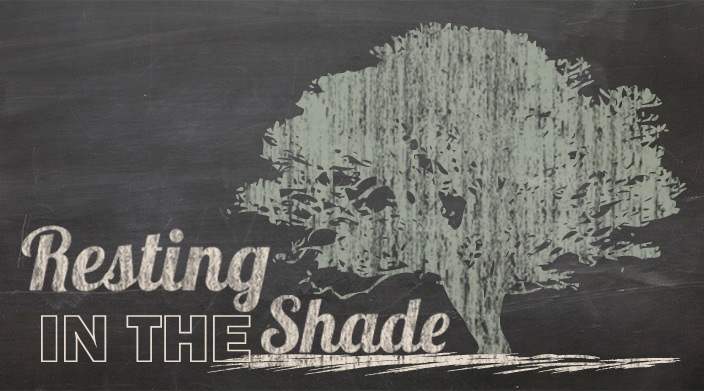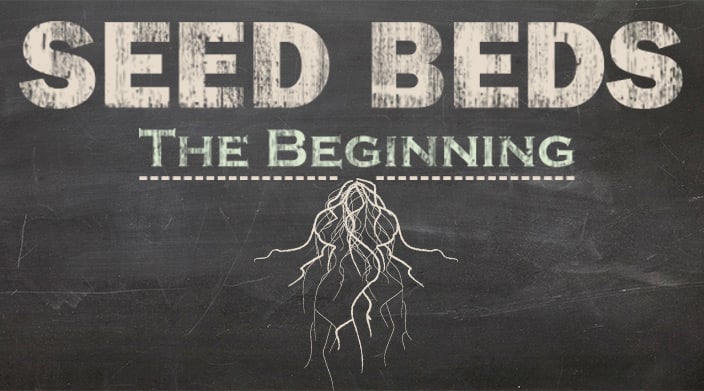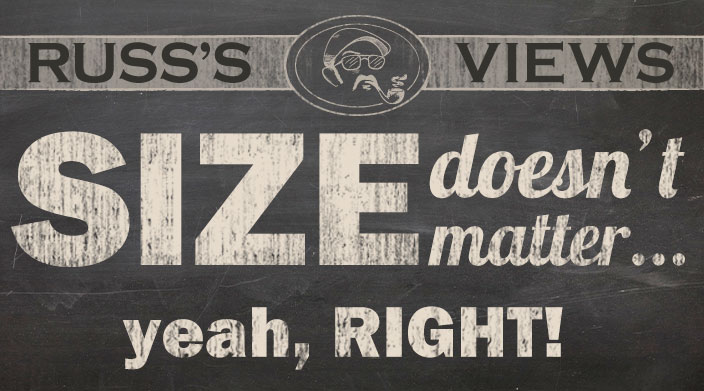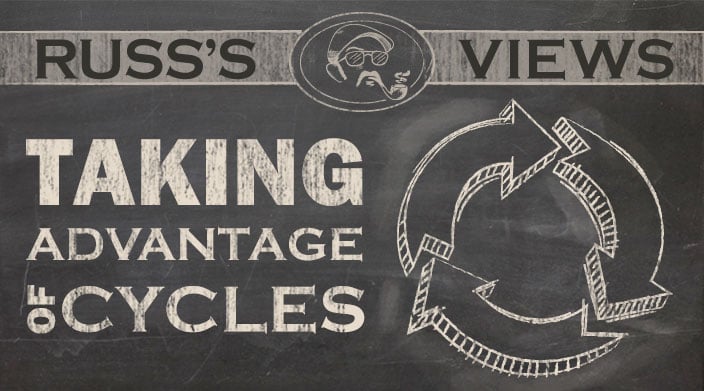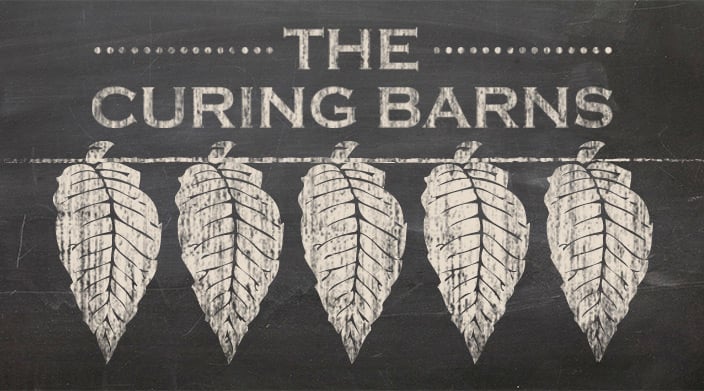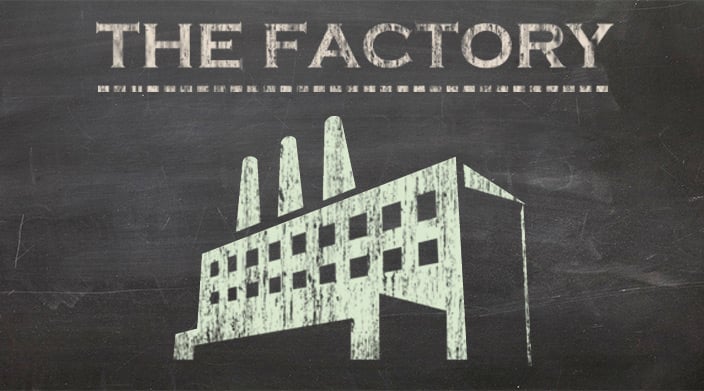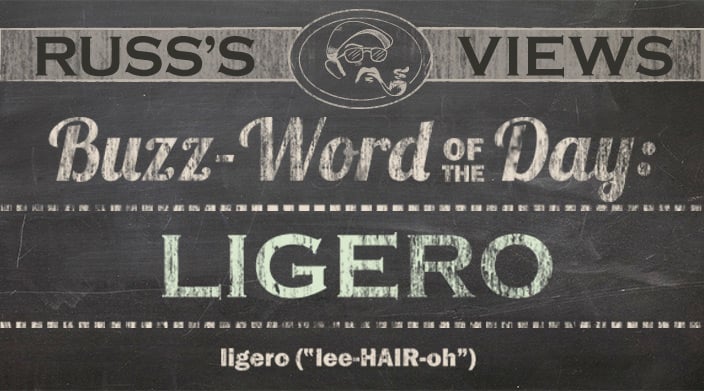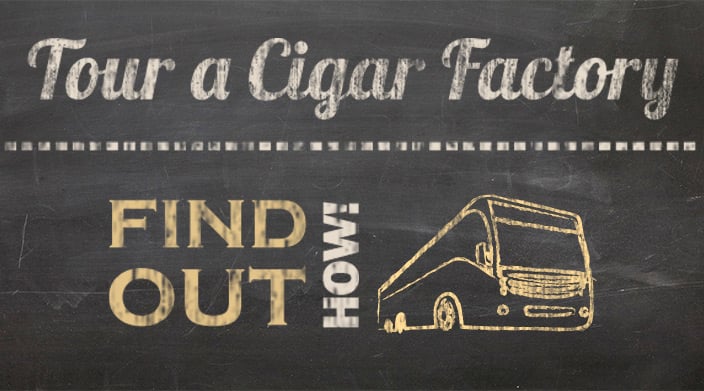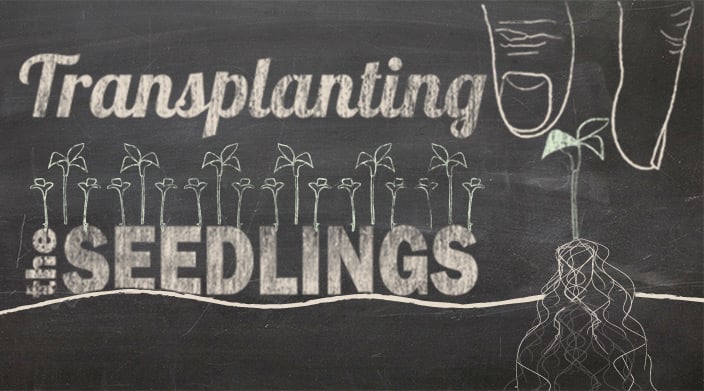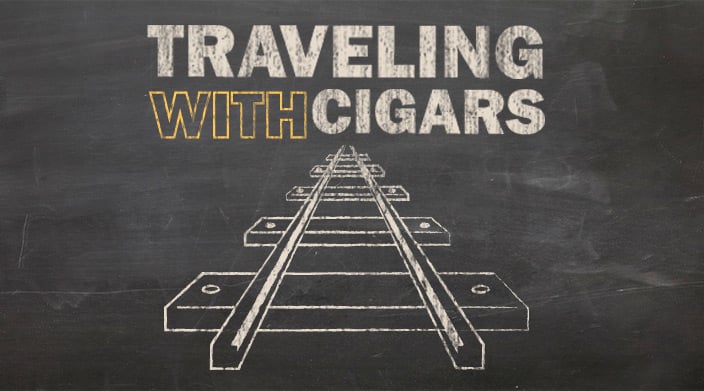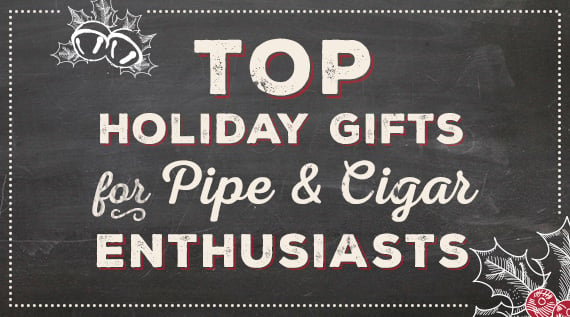Have you ever tasted the following in a cigar: marshmallow, marzipan, orange peel, pencil lead, or toffee? If so, you either: 1) have an incredibly discriminating palate, or 2) you need to hit yourself in the head with a brick and go sit in the corner.
All of those descriptors have shown up in reviews by one of the major consumer-oriented cigar magazines. Well, they used to be a cigar magazine. Now they’re more interested in selling time shares for private jets. I’d like to believe that I’ve got a fairly decent palate, but I’ve never tasted any of the above flavors in an unflavored cigar.
I bring this up because, for the first time, I’m going to be reviewing cigars for a web magazine which launches October 1st, called CigarChronicles.com. My focus, initially, will be on value-oriented smokes, and I’ve been thinking about analyzing flavors for a few weeks. I want to be as helpful and accurate as possible, but in my opinion, tasting those flavors in a cigar is more function of an active imagination or a desire to impress than anything else.
What flavors do I pick up in cigars? Wood (specifically cedar and oak), leather, coffee, espresso, cocoa, dark chocolate, herbal, floral, sweetness, grass, hay, toast, yeast, nuts (roasted , toasted, or plain), sulfur, salt, pepper, nutmeg, cinnamon, allspice, flint, and earth, among others. The only purpose of these descriptions is to narrow down the search for the consumer, but when you start getting into nuances that most people couldn’t even identify (why the hell are you putting a pencil’s point in your mouth?), I believe it to be a disservice to the smoker. Based on someone’s overblown opinion of their own taste buds, a cigar smoker may decide to pass over some excellent sticks or, much worse, try some stogies that will be completely wrong for the consumer. When I look at a cigar, the visual keys for me are: veins (should be small and few), sheen (oily and shiny, possibly toothy texture), color, cap (double, triple, pigtail?), shape, and smoothness. One particular color key I look for in maduro and dark sun-grown wrappers is mottling. If the wrapper is one consistent color, it’s probably been dyed. Unlit aroma should be devoid of ammonia, and usually has a barnyard or hay-like aroma. Funky, artificial smells are an indication of improperly cured tobacco or that something has been added to the tobacco (like a molasses-based dye).
Once lit, I want to smell primarily earthy and woody notes, and the smoke should linger. Spicier tobacco generally has a bluish tint and hangs in the air. I really like those blue and white threads floating around me while I’m enjoying a cigar.
The pre-light draw should be as smooth as it will be when lit, but I always do something when I’m testing the draw- I take one really hard pull while lightly holding the cigar. If I can see or feel the walls caving in, I know that the stick is rolled loosely, and that I might be facing burn and draw issues later on. Typical pre-light flavors include leather, wood, nuts, earth and cocoa, but others may be apparent.
Upon lighting, I segment the cigar into initial light, first third, second third, and last. Because a number of cigars have a little extra ligero in the foot, any number of cigars will have a strong kick up front which mellows out relatively quickly; that’s why I don’t place a huge amount of stock in the initial light. That is when I start looking to identify flavors and I watch the burning characteristics closely.
Mentioning burning characteristics leads me to another element- how long does the ash hold on? I don’t find that the length of the ash means all that much. A well-made cigar that is fully packed will have a firm ash that almost makes a sound when it breaks, but that doesn’t mean that a cigar that doesn’t hold a long ash is poorly made, it just may be made of leaf that generates a fluffy ash that breaks easily.
In doing a numeric rating, I use a scale that’s weighted, meaning that some aspects are looked upon as more important than others. The appearance may be the first thing that has an impact on the buyer, but in the end it’s the least important, so it gets a score from 0 to 15. Next in importance would be the construction and burning characteristics. If the draw is blocked or too loose, the entire cigar is a waste of time. If the cigar burns so unevenly that you wind up wasting a quarter of it from frequent touchups, then the construction is questionable. So we use a scale of 0 to 35 for craftsmanship. Which, of course, leaves flavor and aroma, heavily weighted, to account for half of the total score. I look to identify the individual flavor elements, and I also want to pay attention to the balance and interaction among them. Is there a dominant flavor? Is it pleasant or too assertive? Does the cigar change flavors and nuances as it goes? Is there a synergy between the different notes, or are they constantly fighting each other?
I’ll also let the cigar sit and smolder for a few minutes as I leave the room, and I’ll stay out for a long enough period of time for my sense of smell to rebound. Then I’ll re-enter the room to see what I can glean from the aroma. Although the cigar smoker can’t really tell what the cigar smells like while smoking, the aroma stays in the room for a while and should be pleasant, or at least tolerable. When I get to rating flavor and aroma, the total is 50 points, and I see taste as 90 percent of that, or a 45/5 of flavor to aroma, and then I combine them to get a total.
I’m not concerned about advertisers. I call ‘em as I see ‘em, so if you read any of my reviews, don’t expect to see too many 92 to 100 ratings. I can only think of four cigars in the last three years that would qualify. Which ones are they? I guess you’ll just have to read my reviews on CigarChronicles.com to find out.




